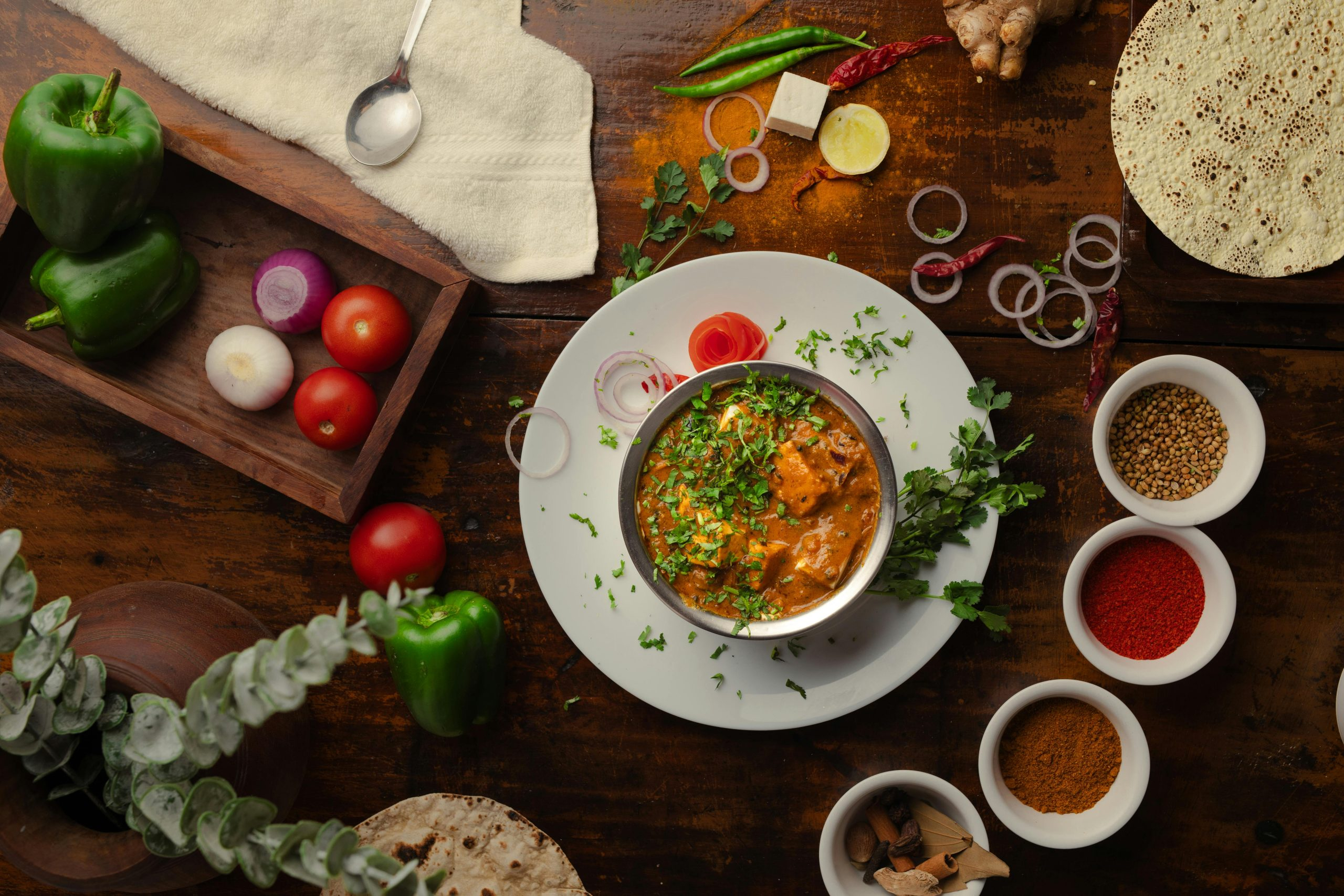Exploring the Flavors of Africa’s Diverse Cuisine
Africa, the second largest continent in the world, is a melting pot of cultures and traditions. With 54 countries and over 3,000 distinct ethnic groups, each with its own unique customs and cuisine, Africa’s diverse flavors are a feast for the senses. From aromatic spices and exotic fruits to hearty stews and delicate pastries, the cuisine of Africa is as varied as the continent itself. In this article, we will take a journey through the different regions of Africa to explore the rich and diverse flavors of its cuisine.
The North – A Fusion of Cultures
North Africa has a rich history of trade and conquest, resulting in a diverse culinary landscape influenced by the Mediterranean, Middle East, and Europe. Countries like Morocco, Tunisia, and Egypt are known for their bold and aromatic dishes, often featuring a blend of spices such as cumin, coriander, and saffron.
Morocco – Where Spices Reign Supreme
Moroccan cuisine is a delicious fusion of Berber, Arab, and Mediterranean influences. The use of aromatic spices is the hallmark of this cuisine, with dishes like tagines, couscous, and harira (traditional soup) bursting with flavor. Cumin, coriander, turmeric, and paprika are commonly used in Moroccan dishes, along with fresh herbs like mint and parsley. The most famous Moroccan dish, the tagine, is a slow-cooked stew made with meat, vegetables, and spices, resulting in a dish that is juicy, tender, and full of flavor.
Tunisia – A Blend of Mediterranean and North African Cuisine
The cuisine of Tunisia is heavily influenced by its Mediterranean neighbors, but it also has a strong North African twist. Harissa, a spicy chili paste, is a staple ingredient in Tunisian cuisine, providing a fiery kick to many dishes. Couscous, a staple food in North Africa, is also a popular dish in Tunisia and is often served with fish or meat and vegetables. Tunisian cuisine is also known for its use of olive oil, which is used in many dishes and as a dip for bread.
Egypt – A Flavorful Blend of East and West
Egyptian cuisine is a perfect example of the fusion of cultures that have influenced North Africa. The cuisine is a blend of traditional Egyptian dishes with Mediterranean, Middle Eastern, and African flavors. One of the most famous Egyptian dishes is koshari, a hearty dish of rice, lentils, and macaroni, topped with a spicy tomato sauce and fried onions. Another must-try Egyptian food is ful medames, made with fava beans, garlic, and lemon juice, and often served with pita bread.
The West – A Patchwork of Flavors
West Africa is known for its vibrant and bold flavors, with dishes that are packed with spices, herbs, and a variety of meats and vegetables. The region is home to many different nationalities and ethnic groups, resulting in a diverse and exciting culinary landscape.
Nigeria – A Blend of Spices and Stews
Nigerian cuisine is often described as a fusion of West African flavors with European influences. However, it is unique in its own right, with dishes that are a blend of spicy, savory, and sweet. Stews are a staple food in Nigeria, with dishes like egusi (made with melon seeds) and obe ata (made with red chili peppers) being popular choices. Jollof rice, a spicy rice dish with tomatoes and onions, is a must-try for anyone visiting Nigeria.
Senegal – A Culinary Voyage of Flavors
Senegalese cuisine is a reflection of the country’s history, with influences from France, Portugal, and West Africa. The cuisine is known for its liberal use of spices such as thyme, garlic, and ginger, resulting in dishes that are full of flavor. Yassa, a popular Senegalese dish, is made with marinated meat (usually chicken or fish), onions, and a tangy sauce made with lemon and mustard. Thiéboudienne, considered to be Senegal’s national dish, is a flavorful combination of fish, vegetables, and rice, often served with a spicy tomato sauce.
Ghana – A Blend of Sweet and Spicy
Ghanaian cuisine is a perfect balance of sweet, savory, and spicy flavors. The use of aromatic spices, such as cinnamon, nutmeg, and bay leaves, is common in Ghanaian cooking, along with a variety of herbs and chilies. One of the most popular Ghanaian dishes is waakye, a flavorful rice and beans dish that is often served with a spicy sauce. Another popular dish is fufu, a staple food made with pounded cassava and plantains, served with a variety of stews and sauces.
The East – A Feast of Fragrance and Color
East African cuisine is as diverse as its landscape, with dishes influenced by Indian, Arab, and African flavors. The cuisine is characterized by the use of fragrant herbs and spices, resulting in dishes that are colorful, aromatic, and bursting with flavor.
Kenya – A Melting Pot of Flavors
Kenyan cuisine is a result of the country’s diverse population, with dishes that are influenced by a variety of cultures. Ugali, a thick cornmeal porridge, is a staple food in Kenya and is often served with stews and sauces. Another popular dish is nyama choma, a grilled meat dish that is often served with a spicy tomato salsa and ugali.
Tanzania – A Harmony of East African and Indian Food
Tanzanian cuisine is a reflection of the country’s history, with influences from the Swahili people, Arab traders, and Indian immigrants. Dishes like pilau (a spiced rice dish), biryani (a rice dish with meat, vegetables, and spices), and samosas (triangular pastries filled with meat and spices) are examples of the fusion of East African and Indian flavors in Tanzanian cuisine.
Ethiopia – A Unique and Flavorful Cuisine
Ethiopian cuisine is unlike any other, with a rich and diverse culinary tradition that has been shaped by the country’s history and culture. The cuisine is characterized by the use of a variety of spices and herbs, and the traditional way of eating is by using injera (a spongy flatbread) to scoop up different dishes. Wat, a spicy stew made with meat, vegetables, and spices, is a staple in Ethiopian cuisine, along with tibs (a stir-fry dish) and doro wat (chicken stew).
Conclusion
Africa’s diverse cuisine is a reflection of its rich cultural heritage, history, and people. The continent offers a wide range of flavors and dishes that are as varied and unique as its landscapes. From the exotic flavors of North Africa to the vibrant and bold flavors of West Africa and the fragrant and colorful dishes of East Africa, Africa’s cuisine is a feast for the senses and a journey through its history and culture.











